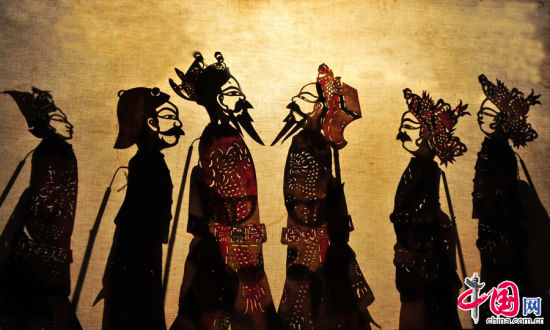 |
| Ma-mian qun (horse-face skirt; 馬面裙) |
This was the digital painting I did for the lightbox, and part of the back-lit image. Initially I decided to add hand-drawn elements to the work to avoid potential copy right issues and plagiarism, because the original photo I had in mind came from a famous advertisement of a well-known merchant (in the hanfu sub-culture at least).
Guess what? I chose it because it was quite iconic in the development of modern hanfu.
 |
| Courtesy of Minghuatang |
Besides, I thought adding personal touches to the work reinforced the aura of the piece, although some might argued that artistic aura was already lost in the new age of mechanical reproduction. Well! At least I had fun painting it, and I truly appreciated that there were maple-leaves pattern per-installed in Photoshop.
 |
| A historical relic (important: the skirt was displayed backward) |






